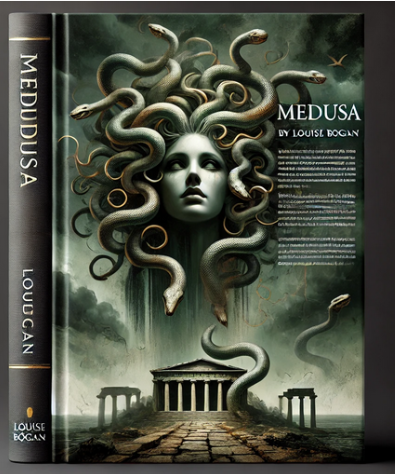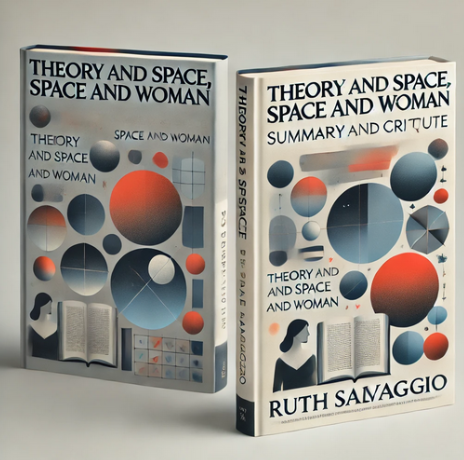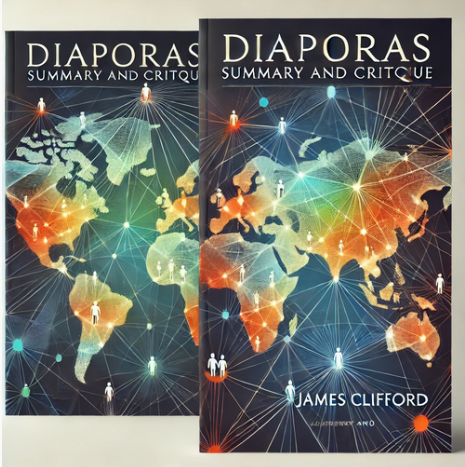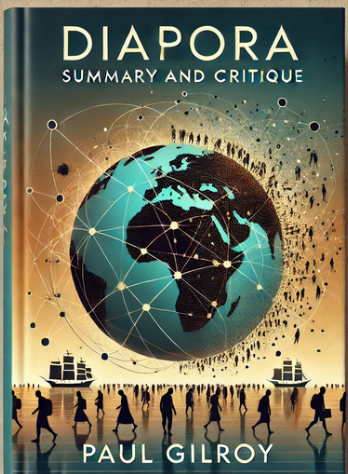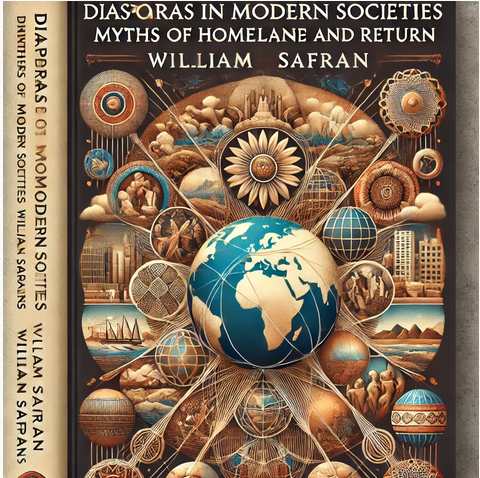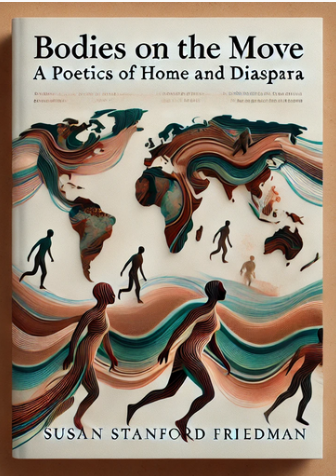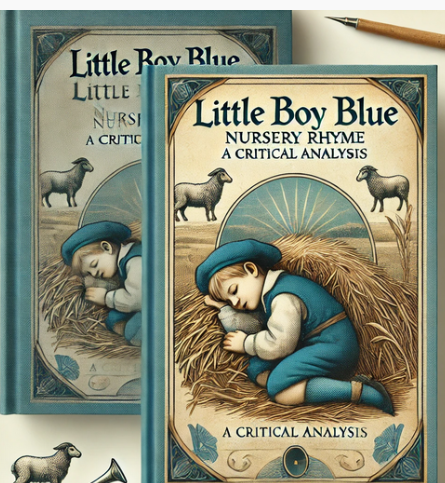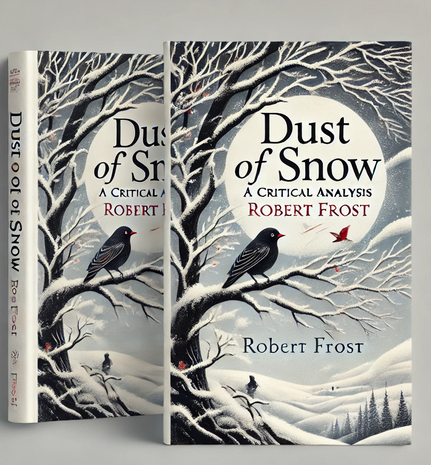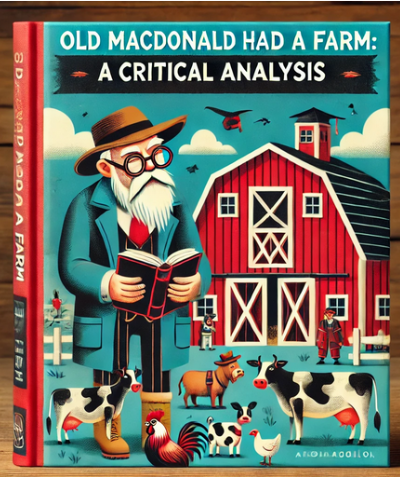
Introduction: “Old MacDonald Had a Farm”
“Old MacDonald Had a Farm,” a beloved nursery rhyme, first appeared in its recognizable form in the early 20th century, with earlier variations traced back to the late 18th century in British and American folk traditions. It gained widespread prominence when published in the collection “Tommy’s Tunes” in 1917. The rhyme’s main idea centers on a cheerful farmer and his lively farm animals, each characterized by their distinctive sounds, fostering an engaging call-and-response pattern. Its popularity stems from its simplicity, repetitive structure, and interactive nature, which captivate young children and encourage participation, making it a timeless teaching tool for animal sounds and rhythm.
Text: “Old MacDonald Had a Farm”
Old MACDONALD had a farm
E-I-E-I-O
And on his farm he had a cow
E-I-E-I-O
With a moo moo here
And a moo moo there
Here a moo, there a moo
Everywhere a moo moo
Old MacDonald had a farm
E-I-E-I-O
Old MACDONALD had a farm
E-I-E-I-O
And on his farm he had a pig
E-I-E-I-O
With a oink oink here
And a oink oink there
Here a oink, there a oink
Everywhere a oink oink
Old MacDonald had a farm
E-I-E-I-O
Old MACDONALD had a farm
E-I-E-I-O
And on his farm he had a duck
E-I-E-I-O
With a quack quack here
And a quack quack there
Here a quack, there a quack
Everywhere a quack quack
Old MacDonald had a farm
E-I-E-I-O
Old MACDONALD had a farm
E-I-E-I-O
And on his farm he had a horse
E-I-E-I-O
With a neigh neigh here
And a neigh neigh there
Here a neigh, there a neigh
Everywhere a neigh neigh
Old MacDonald had a farm
E-I-E-I-O
Old MACDONALD had a farm
E-I-E-I-O
And on his farm he had a lamb
E-I-E-I-O
With a baa baa here
And a baa baa there
Here a baa, there a baa
Everywhere a baa baa
Old MacDonald had a farm
E-I-E-I-O
Old MACDONALD had a farm
E-I-E-I-O
And on his farm he had some chickens
E-I-E-I-O
With a cluck cluck here
And a cluck cluck there
Here a cluck, there a cluck
Everywhere a cluck cluck
With a baa baa here
And a baa baa there
Here a baa, there a baa
Everywhere a baa baa
With a neigh neigh here
And a neigh neigh there
Here a neigh, there a neigh
Everywhere a neigh neigh
With a quack quack here
And a quack quack there
Here a quack, there a quack
Everywhere a quack quack
With a oink oink here
And a oink oink there
Here a oink, there a oink
Everywhere a oink oink
With a moo moo here
And a moo moo there
Here a moo, there a moo
Everywhere a moo moo
Old MacDonald had a farm
E-I-E-I-OOOOOOO………
Annotations: “Old MacDonald Had a Farm”
| Line | Annotation |
| Old MACDONALD had a farm | Introduces the central character, Old MacDonald, establishing him as the owner of the farm. |
| E-I-E-I-O | A rhythmic refrain that adds musicality and memorability, repeated throughout the song. |
| And on his farm he had a cow | Introduces the first animal, the cow, emphasizing its presence on the farm. |
| E-I-E-I-O | Maintains the rhythmic flow, connecting the animal to the overall structure. |
| With a moo moo here | Highlights the cow’s characteristic sound, “moo,” in a localized context (“here”). |
| And a moo moo there | Extends the cow’s sound, creating a pattern of repetition for children to follow. |
| Here a moo, there a moo | Reinforces the repetition, aiding memory and encouraging participation. |
| Everywhere a moo moo | Generalizes the sound across the farm, creating a playful, inclusive atmosphere. |
| Old MacDonald had a farm | Returns to the refrain, serving as a transition to the next animal. |
| E-I-E-I-O | Continuation of the rhythmic refrain, ensuring consistency. |
| And on his farm he had a pig | Introduces the second animal, the pig, further expanding the song’s variety. |
| E-I-E-I-O | Maintains the rhyme and rhythm while setting up the pig’s sounds. |
| With an oink oink here | Describes the pig’s distinctive sound, introducing “oink” to the pattern. |
| And a oink oink there | Repeats the sound, encouraging children to mimic and remember. |
| Here a oink, there a oink | Reinforces the sound within the farm setting, creating a vivid auditory image. |
| Everywhere a oink oink | Generalizes the sound across the farm, fostering imagination and humor. |
| Old MacDonald had a farm | Recapitulates the refrain, transitioning to the next animal. |
| E-I-E-I-O | Maintains the rhythm, preparing for the introduction of a new animal. |
| And on his farm he had a duck | Introduces the third animal, the duck, broadening the animal roster. |
| E-I-E-I-O | Keeps the rhyme pattern intact, reinforcing engagement. |
| With a quack quack here | Highlights the duck’s unique sound, introducing “quack” to the structure. |
| And a quack quack there | Repeats the duck’s sound, encouraging children to mimic it. |
| Here a quack, there a quack | Embeds the duck’s sound within the imaginative farm setting. |
| Everywhere a quack quack | Generalizes the sound across the farm, adding humor and playfulness. |
| Old MacDonald had a farm | Refrain marking the end of the duck’s section and transition to the next animal. |
| E-I-E-I-O | Rhythmic consistency, setting up the next verse. |
| And on his farm he had a horse | Introduces the fourth animal, the horse, continuing the pattern. |
| E-I-E-I-O | Rhythmic refrain, connecting the horse’s presence to the overall structure. |
| With a neigh neigh here | Introduces the horse’s sound, “neigh,” engaging children in auditory mimicry. |
| And a neigh neigh there | Repeats the horse’s sound, following the established structure. |
| Here a neigh, there a neigh | Embeds the horse’s sound across the farm setting, enhancing imagination. |
| Everywhere a neigh neigh | Generalizes the sound, creating a lively farm atmosphere. |
| Old MacDonald had a farm | Returns to the refrain, transitioning to the next animal. |
| E-I-E-I-O | Maintains rhythm and prepares for the next verse. |
| And on his farm he had a lamb | Introduces the fifth animal, the lamb, enriching the variety of farm animals. |
| E-I-E-I-O | Rhythmic refrain, setting up the lamb’s section. |
| With a baa baa here | Highlights the lamb’s sound, “baa,” in a playful, participatory manner. |
| And a baa baa there | Repeats the lamb’s sound, encouraging children’s participation. |
| Here a baa, there a baa | Embeds the lamb’s sound in the farm setting, reinforcing auditory learning. |
| Everywhere a baa baa | Generalizes the lamb’s sound, fostering a lively farm narrative. |
| Old MacDonald had a farm | Returns to the refrain, transitioning to the next verse. |
| E-I-E-I-O | Refrain preparing for the introduction of the next animal. |
| And on his farm he had some chickens | Introduces the sixth animal, chickens, further diversifying the farm. |
| E-I-E-I-O | Continues the rhythm, leading into the chickens’ sounds. |
| With a cluck cluck here | Introduces the chickens’ sound, “cluck,” expanding auditory participation. |
| And a cluck cluck there | Repeats the chickens’ sound, reinforcing memory and rhythm. |
| Here a cluck, there a cluck | Embeds the chickens’ sound within the lively farm setting. |
| Everywhere a cluck cluck | Generalizes the chickens’ sound, creating a dynamic auditory image. |
| Cumulative Verse | Combines all animal sounds progressively, reinforcing memory through repetition and humor. |
| Old MacDonald had a farm | Concludes the song, affirming the cheerful and interactive farm setting. |
| E-I-E-I-OOOOOOO……… | Dramatic, elongated ending, engaging children in a playful, drawn-out conclusion. |
Literary And Poetic Devices: “Old MacDonald Had a Farm”
| Literary/Poetic Device | Example | Explanation |
| Alliteration | “With a moo moo here, and a moo moo there” | Repetition of the ‘m’ sound adds rhythm and flow to the verse. |
| Anaphora | “Here a moo, there a moo, everywhere a moo moo” | Repetition of “here,” “there,” and “everywhere” at the beginning of clauses emphasizes location. |
| Assonance | “Old MacDonald had a farm” | The repeated vowel sound in “Old,” “MacDonald,” and “farm” creates a pleasing auditory effect. |
| Cacophony | “With a cluck cluck here” | The sharp consonant sounds mimic the actual noise of a chicken, creating a discordant effect. |
| Cumulative Structure | “With a baa baa here… everywhere a baa baa” | Adds progressively more details, creating a layered narrative. |
| Dialogue | “With a moo moo here” | Mimics conversational tone, engaging listeners interactively. |
| Euphony | “E-I-E-I-O” | The smooth, repetitive vowel sounds create a melodious and easy-to-sing refrain. |
| Imagery | “Here a moo, there a moo, everywhere a moo moo” | Evokes a vivid mental image of animals making noises across the farm. |
| Intertextuality | Connection to folk traditions | Draws from earlier folk songs, embedding it within a larger cultural and musical context. |
| Juxtaposition | “With a moo moo here, and a moo moo there” | Contrasts specific locations (“here” and “there”) to describe the farm sounds vividly. |
| Meter | “Old MacDonald had a farm, E-I-E-I-O” | The consistent rhythmic pattern makes the rhyme easy to follow and memorable. |
| Onomatopoeia | “Moo moo,” “quack quack,” “cluck cluck” | Uses words that imitate animal sounds to make the song more engaging and lifelike. |
| Parallelism | “With a moo moo here, and a moo moo there” | The repeated structure of phrases enhances rhythm and predictability. |
| Personification | “Old MacDonald had a farm” | Implies ownership and personality to the character of Old MacDonald, bringing the farm to life. |
| Repetition | “E-I-E-I-O” | The refrain is repeated to reinforce rhythm and familiarity. |
| Rhyme | “Farm” and “harm” (implied rhyme) | Creates a consistent sound pattern, aiding memorability. |
| Sensory Language | “With a quack quack here, and a quack quack there” | Appeals to the auditory sense by mimicking the animal’s sounds. |
| Symbolism | The farm | Represents rural life, simplicity, and harmony with nature. |
| Synecdoche | “Old MacDonald” | Represents not just the farmer but the entire rural, agricultural lifestyle. |
| Tone | Cheerful and playful | The song maintains a lively and engaging tone, suitable for children. |
Themes: “Old MacDonald Had a Farm”
1. Connection to Rural Life and Agriculture
The nursery rhyme emphasizes the charm and simplicity of rural living, symbolized through Old MacDonald’s farm. Each stanza describes a specific animal and its associated sound, showcasing the diversity of life on a farm. For example, the lines, “And on his farm he had a cow, E-I-E-I-O, with a moo moo here, and a moo moo there,” reflect the harmony between the farmer and the animals. This theme resonates with an idealized version of agricultural life, emphasizing a pastoral lifestyle that is in tune with nature.
2. Education and Auditory Learning
One of the rhyme’s primary themes is its educational value, particularly in teaching children about animals and their sounds. The repetition of phrases like, “With a quack quack here, and a quack quack there,” reinforces auditory learning and memory. The rhyme’s call-and-response structure encourages active participation, helping children associate specific sounds with the animals they represent. This makes the rhyme a playful yet effective learning tool for early childhood education.
3. Repetition and Predictability as Engagement Tools
The repetitive structure of the rhyme highlights the theme of predictability, which is a key element in engaging young audiences. The recurring lines, “Old MacDonald had a farm, E-I-E-I-O,” act as a refrain, creating a sense of familiarity and anticipation. This repetition not only aids memory retention but also allows children to predict the next animal and sound, fostering active engagement and participation in storytelling.
4. Harmony Between Humans and Animals
The rhyme illustrates a harmonious coexistence between Old MacDonald and his farm animals, each contributing to the lively environment of the farm. The cumulative nature of the verses, as seen in the closing lines where all the animal sounds are repeated, “With a cluck cluck here, and a cluck cluck there… moo moo here, and a moo moo there,” conveys a sense of unity and collective activity. This theme underscores the interdependence between humans and animals in a farm setting, celebrating the mutual relationship that defines agricultural life.
Literary Theories and “Old MacDonald Had a Farm”
| Literary Theory | Application to the Poem | References from the Poem |
| Structuralism | Structuralism focuses on underlying patterns and structures in literature. In “Old MacDonald Had a Farm”, the repetition and formulaic structure (animal introduction, sound mimicry, and refrain) create a predictable pattern. | The repetitive use of lines such as “Old MacDonald had a farm, E-I-E-I-O” and “With a [sound] here, and a [sound] there” illustrates the poem’s systematic framework. |
| Eco-criticism | This theory examines the relationship between literature and the natural environment. The poem celebrates farm life and the coexistence of humans and animals, presenting a pastoral view of nature. | The focus on animals, such as in “And on his farm he had a duck, with a quack quack here and a quack quack there,” highlights the interconnectedness of life on a farm. |
| Reader-Response Theory | Reader-response theory emphasizes the audience’s interaction with the text. “Old MacDonald Had a Farm” invites active engagement, particularly from children, who mimic animal sounds and anticipate patterns. | The participatory nature of lines like “With a moo moo here, and a moo moo there” encourages readers to complete the sound patterns themselves. |
Critical Questions about “Old MacDonald Had a Farm”
- What does “Old MacDonald Had a Farm” reveal about the relationship between humans and animals?
- The rhyme presents a harmonious and idealized view of human-animal relationships, where the farmer and his animals coexist peacefully. Old MacDonald is portrayed as a caretaker of a diverse range of animals, each contributing to the lively environment of the farm. Lines like “With a moo moo here, and a moo moo there” emphasize the individuality of each animal, giving them agency through their characteristic sounds. This relationship suggests a balance between humans and nature, reinforcing the pastoral ideal of mutual dependency and respect.
·
- How does the poem’s repetitive structure contribute to its appeal and purpose?
- The repetitive structure of “Old MacDonald Had a Farm” plays a crucial role in its function as a teaching tool and a source of entertainment. Repeating the phrase “E-I-E-I-O” and the animal sounds creates predictability, which aids in memorization and engages listeners. For instance, after the introduction of the cow, children can anticipate similar patterns for the pig, duck, and other animals. This repetition not only supports learning animal sounds but also fosters active participation, as children can join in with confidence at predictable moments.
·
- What role does sound play in the poem’s interaction with its audience?
- Sound is central to the rhyme, as it uses onomatopoeia to mimic animal noises, making it interactive and engaging. The inclusion of sounds like “moo moo,” “quack quack,” and “cluck cluck” bridges the gap between language and auditory experiences, helping children associate specific sounds with animals. Furthermore, the cumulative repetition of these sounds towards the end, such as “With a cluck cluck here, and a cluck cluck there,” creates a lively and immersive atmosphere, encouraging the audience to actively mimic and participate in the narrative.
·
- In what ways does “Old MacDonald Had a Farm” reflect cultural values or societal views on rural life?
- The rhyme reflects a nostalgic and romanticized view of rural life, where the farm is depicted as a vibrant and orderly environment. The farmer’s role is central, symbolizing a connection to the land and stewardship of nature. Lines such as “Old MacDonald had a farm, E-I-E-I-O” evoke a sense of pride in agricultural work and rural traditions. By celebrating the diversity of animals and their contributions to farm life, the poem reinforces cultural values of hard work, harmony with nature, and the importance of community in agrarian societies.
Literary Works Similar to “Old MacDonald Had a Farm”
- “The Farmer in the Dell”
Similar in its rural theme and repetitive structure, this nursery rhyme celebrates farm life and community through a playful, interactive narrative. - “Baa, Baa, Black Sheep”
Shares the use of animals and their sounds to engage children, with a simple, rhythmic format that reinforces memorization. - “Mary Had a Little Lamb”
Focuses on the relationship between humans and animals, with a pastoral setting and repetitive phrasing similar to “Old MacDonald Had a Farm.” - “This Little Piggy”
Highlights animals (pigs) with distinctive sounds and actions, creating an interactive and sensory learning experience for children. - “Little Boy Blue”
Depicts rural life and the interaction between a caretaker and farm animals, using vivid imagery and a melodic structure like “Old MacDonald Had a Farm.”
Representative Quotations of “Old MacDonald Had a Farm”
| Quotation | Context | Theoretical Perspective |
| “Old MacDonald had a farm, E-I-E-I-O” | Opening refrain introducing the farmer and setting the rural scene. | Structuralism: Establishes the framework of the rhyme through repetition and rhythm. |
| “And on his farm he had a cow, E-I-E-I-O” | Introduces the first animal, symbolizing the diversity of farm life. | Eco-criticism: Highlights the farmer’s relationship with nature and its inhabitants. |
| “With a moo moo here, and a moo moo there” | Describes the cow’s sound, encouraging children to interact with the text. | Reader-Response Theory: Emphasizes participatory engagement through mimicry of animal sounds. |
| “Everywhere a moo moo” | Expands the cow’s presence, generalizing the sound across the farm. | Imagery: Creates a vivid auditory image of a bustling farm. |
| “With a quack quack here, and a quack quack there” | Depicts the duck’s sound, continuing the pattern of animal sounds. | Orality Theory: Demonstrates how oral traditions use sound mimicry to pass down cultural knowledge. |
| “And on his farm he had a pig, E-I-E-I-O” | Introduces the pig, adding variety to the animals on the farm. | Eco-criticism: Reflects on the interconnectedness of species in agricultural settings. |
| “With a neigh neigh here, and a neigh neigh there” | Highlights the horse’s sound, maintaining the rhythmic and cumulative structure. | Structuralism: Builds on the established structural pattern of animal sound and location. |
| “Here a cluck, there a cluck, everywhere a cluck cluck” | Generalizes the chicken’s presence across the farm. | Postmodernism: Explores how repetition and fragmentation create meaning in children’s literature. |
| “With a baa baa here, and a baa baa there” | The lamb’s sound reinforces the rhythmic, repetitive nature of the rhyme. | Reader-Response Theory: Invites audience interaction by predicting and mimicking the sound. |
| “Old MacDonald had a farm, E-I-E-I-OOOOOOO…” | A playful and dramatic conclusion, extending the familiar refrain. | Aesthetic Theory: Highlights the musical and performative aspects of the rhyme. |
Suggested Readings: “Old MacDonald Had a Farm”
- Leder, Drew. “Old McDonald’s Had a Farm: The Metaphysics of Factory Farming.” Journal of Animal Ethics, vol. 2, no. 1, 2012, pp. 73–86. JSTOR, https://doi.org/10.5406/janimalethics.2.1.0073. Accessed 19 Nov. 2024.
- LEDER, DREW. “Old McDonald’s Had a Farm: The Metaphysics of Factory Farming.” Animal Ethics for Veterinarians, edited by Andrew Linzey and Clair Linzey, University of Illinois Press, 2017, pp. 172–87. JSTOR, https://doi.org/10.5406/j.ctvvnf81.13. Accessed 19 Nov. 2024.
- Levy, Philip. “‘But … This Is a City.'” Yard Birds: The Lives and Times of America’s Urban Chickens, University of Virginia Press, 2023, pp. 11–29. JSTOR, https://doi.org/10.2307/j.ctv3596qbw.4. Accessed 19 Nov. 2024.
- Craik, Roger. “Green and Dying in Chains: Dylan Thomas’s ‘Fern Hill’ and Kenneth Grahame’s The Golden Age.” Twentieth Century Literature, vol. 44, no. 3, 1998, pp. 362–76. JSTOR, https://doi.org/10.2307/441815. Accessed 19 Nov. 2024.
